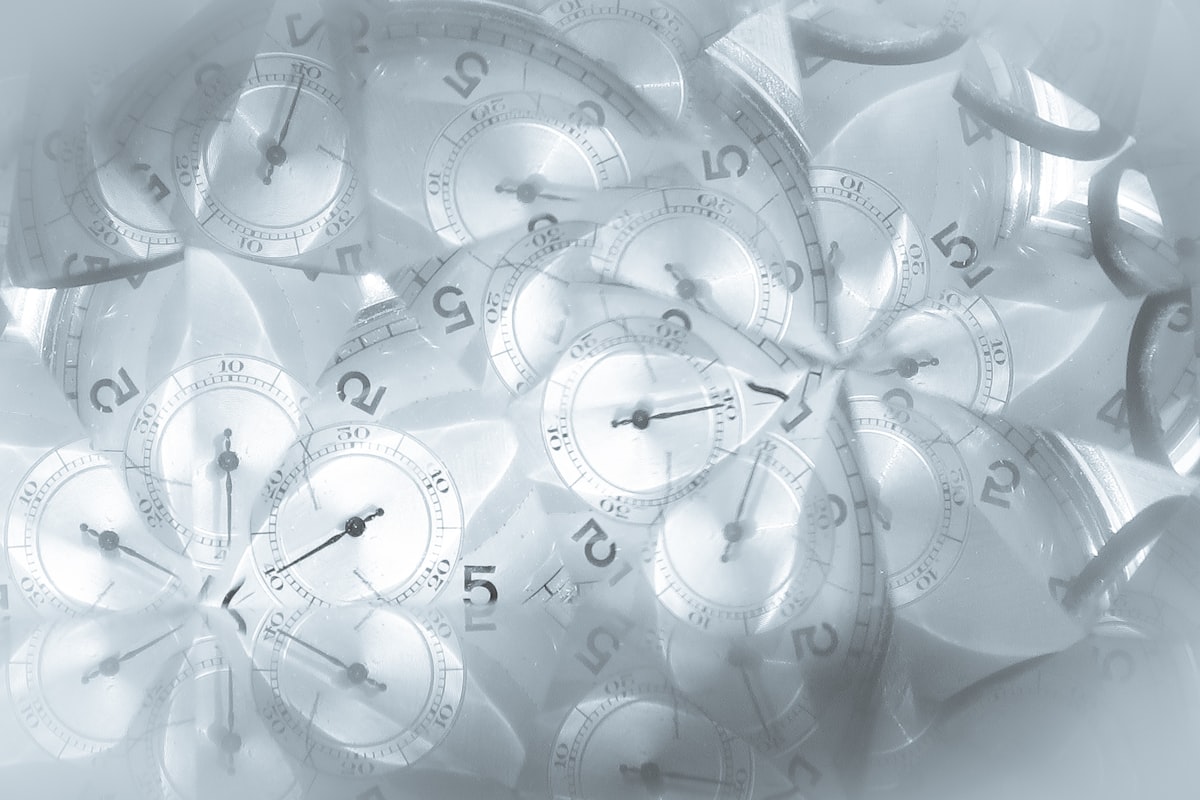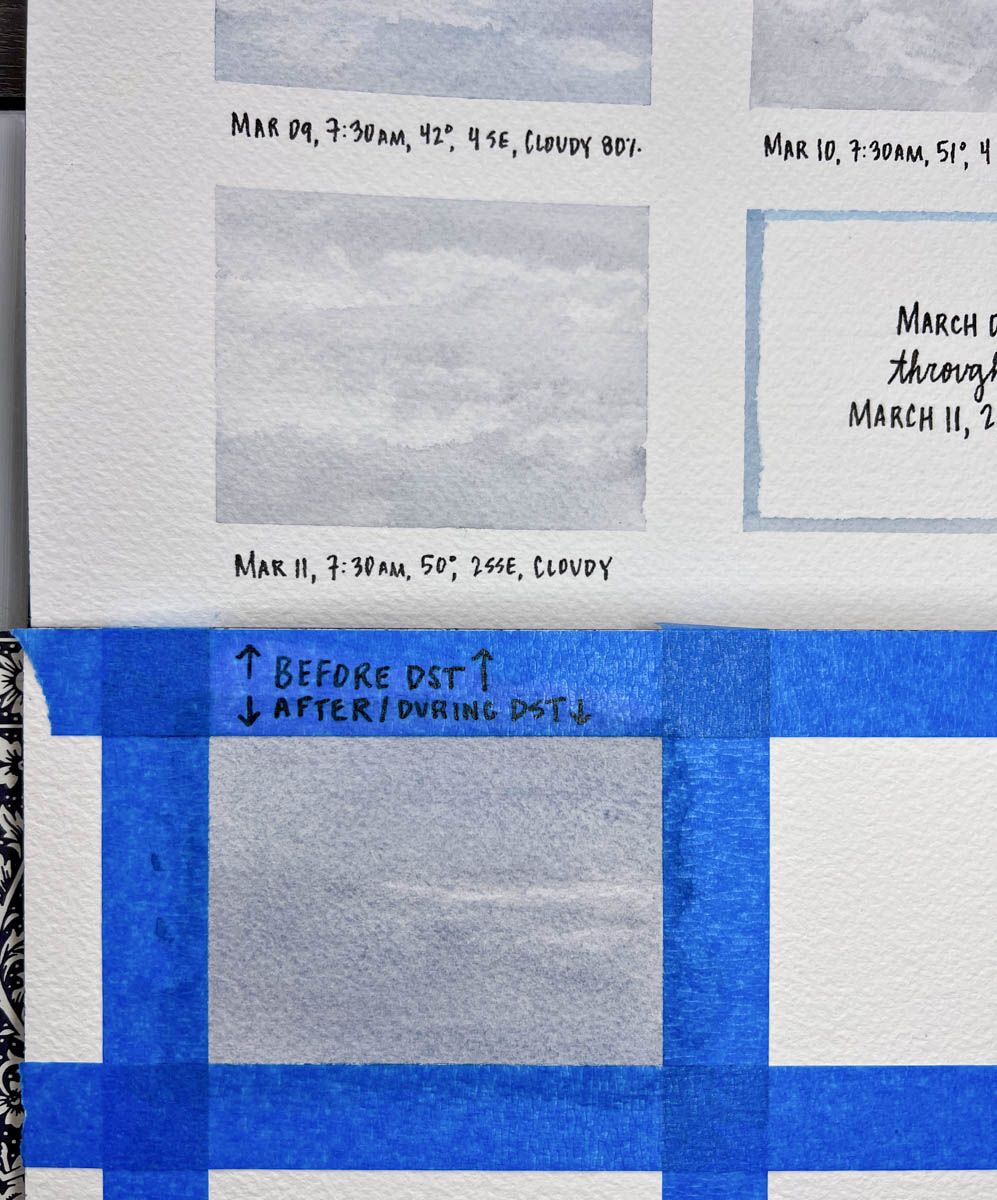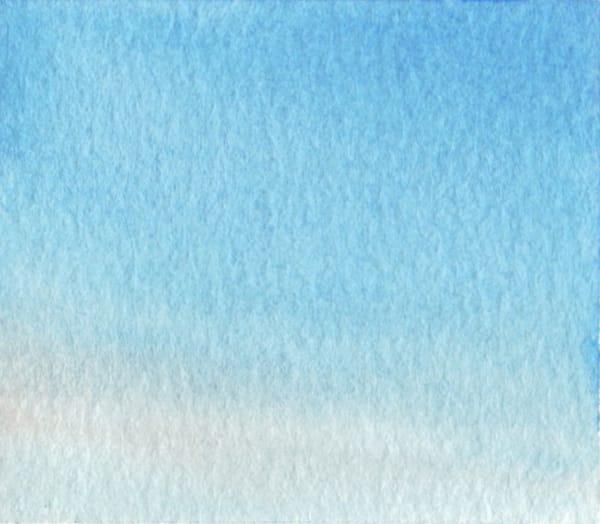Sprung forward
Build good routines so you can lean on them when you need them most.

I don’t know how but Daylight Saving Time (DST) caught me by surprise. I’m a little embarrassed. I’m usually prepared.
“Spring forward, fall back.” the saying goes. I anchored the hour leap forward with next weekend — closer to the first day of spring — and discovered the oversight the hard way: by awaking to the sound of my contingency alarm going off one minute before I was scheduled to paint this morning’s windowscape. 🥱
I ran to my desk and opened the blinds to find an unusually dark sky. My corner of the world is currently in the middle of intense rainstorms, however, even with this, the clouds appeared too dark.
It all began to click.
I usually wake up before my alarm goes off. There was also no birdsong when I awoke this morning (lately, the little birdlings are chittering away). The sky was noticeably darker than it has been lately – even with an allowance for storm clouds. I looked at the analog clock on my wall: 6:30 a.m.*
It had happened. We had sprung.
For those of you who observe DST, you can likely relate to the shock “springing forward” can bring. It’s not as straightforward as just losing an hour. With DST, we temporarily lose nature’s cues such as sunlight and birdsong, which can help us wake more steadily on days when we don’t need to rely on an alarm. Losing our rhythms (and the extra hour of sleep) can be jarring, and when this happens, it’s helpful to deliberately adhere to our other routines to weave stability back into our lives in whatever other ways we can manage.
It might not be easy to stick to your schedule and go about your day as usual, but I’ve found it to be the single most effective method for adjusting to time changes. Try to stick to as many of your time-based patterns as you would prior to the time change. A couple examples are to have your meals at the same time and go to bed at the same time. If able, aim for at least ten minutes of sunlight exposure outside before noon and in the early evening to provide your brain with the signals it needs to achieve deep sleep. Sticking to your routines will help reinforce the adjustment and help you recalibrate.
This morning’s encounter with the darkened sky made me realize just how impactful my daily windowscapes routine has become. A year ago, I don’t think I would have been nearly as confident about the sky looking “off” as I was this morning, after several months of routinely observing and painting the sky at 7:30 a.m. each day.

This practice is a good example of how sticking with the routines within our control can help us adjust to changes outside of our control. Building good habits can help serve us when we need them most.
*I use my Apple Watch for my morning alarm and, just like the Apple iPhone, the watch adjusts for DST automatically. I consider having to deliberately wind my analog clock forward a feature and don’t like how digital clocks adjust to DST without giving users a notification or prompt. The analog clock serves as a method of confirmation via comparison.




